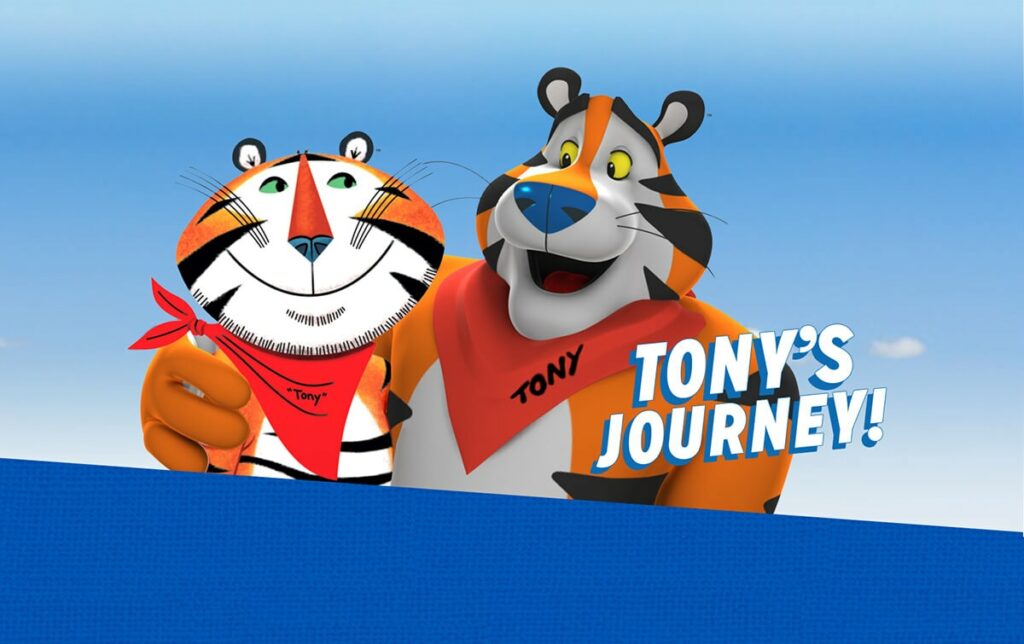Is it time to abandon involvement, one of the central ideas of marketing? Involvement measures the interest consumers attach to a certain category of products. And let’s not forget that marketing was initially used in industries offering products that would appear to be quite boring such as soap, toothpaste and washing powder. Hence the golden rule that the role of marketing is precisely to increase consumers’ level of involvement in a certain category of products.
The marketing of unexciting products is actually more persuasive and effective
This rule also explains why the marketing of unexciting products is actually more persuasive and effective than the marketing of glamorous products. In other words, we can criticize washing powder marketing as much as we want, but it must be said that it has proven to be effective and remains so today, even if it relies on old-fashioned methods. Although the Mr. Clean character has been largely feminised over time as the issue of gender has become a societal issue, the fact remains that the brand’s positioning has not fundamentally changed. And Ariel is still talking about deep down cleaning and brightness.
The question, then, is whether the digital transformation of brands is challenging this idea. Most of the pseudo social media gurus preach the idea that no one talks about boring products or ideas in social conversations and that only interesting products fuel conversations. This would lead us to think that a brand like Disney would be more widely discussed on social media than a cereal brand, such as Kellogg’s.
Buzz is not a matter of chance
But in fact, as shown by a study published in the Journal of Consumer Research, this popular belief is contradicted by facts. The study of 6,000 consumers and over 1,200 products clearly showed that products and brands that are considered to be boring spark as much conversation as those that are not. And this is due to what psychologists call the trigger effect. The Disney brand certainly benefits from a rich imaginary world; it conveys emotions and offers experiences. It would seem to be more engaging, but the opportunities to consume it are rather infrequent and therefore, so are the opportunities to talk about it.
Frosties, on the other hand, is a more functional brand. It would appear to be less interesting, but it is a brand we are likely to encounter every morning. Frequency of interaction increases top-of-mind presence and is a real way to spark buzz. That is why buzz is not a matter of chance. It is not like a light that we seek to enclose in a box: it depends on a certain number of factors including how often consumers think about the brand. Whether it means a brand’s content, its category of products or its emotional dimension, we must face the facts: top-of-mind presence is the main tool to ensure that consumers have the brand on the tip of their tongue.
This review was previously published in French by Xerfi Canal.
This post gives the views of its author, not the position of ESCP Business School.
